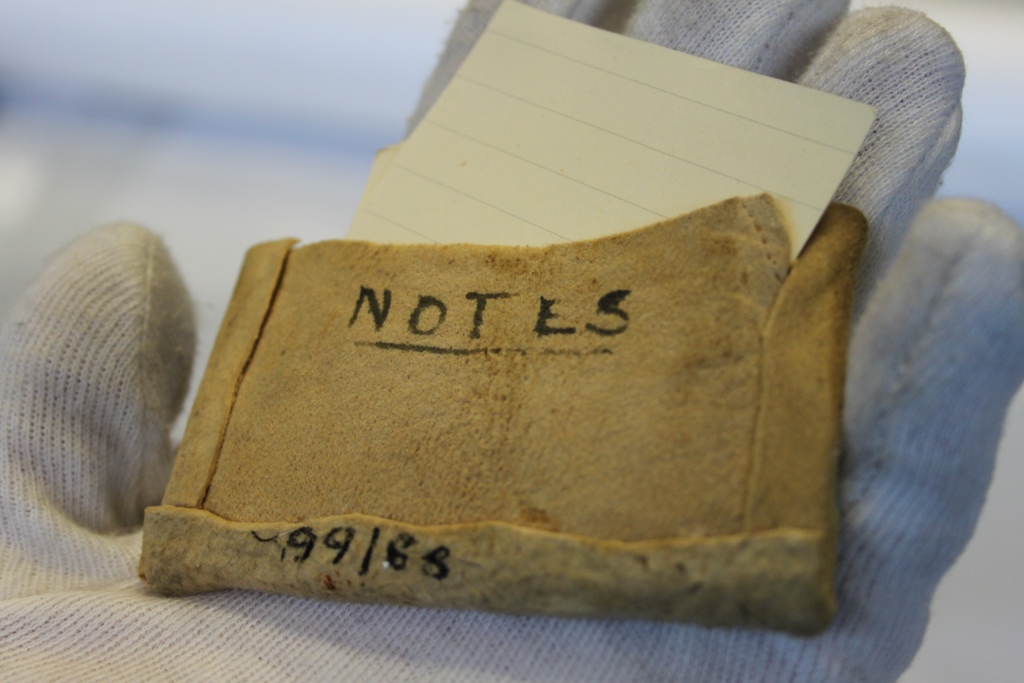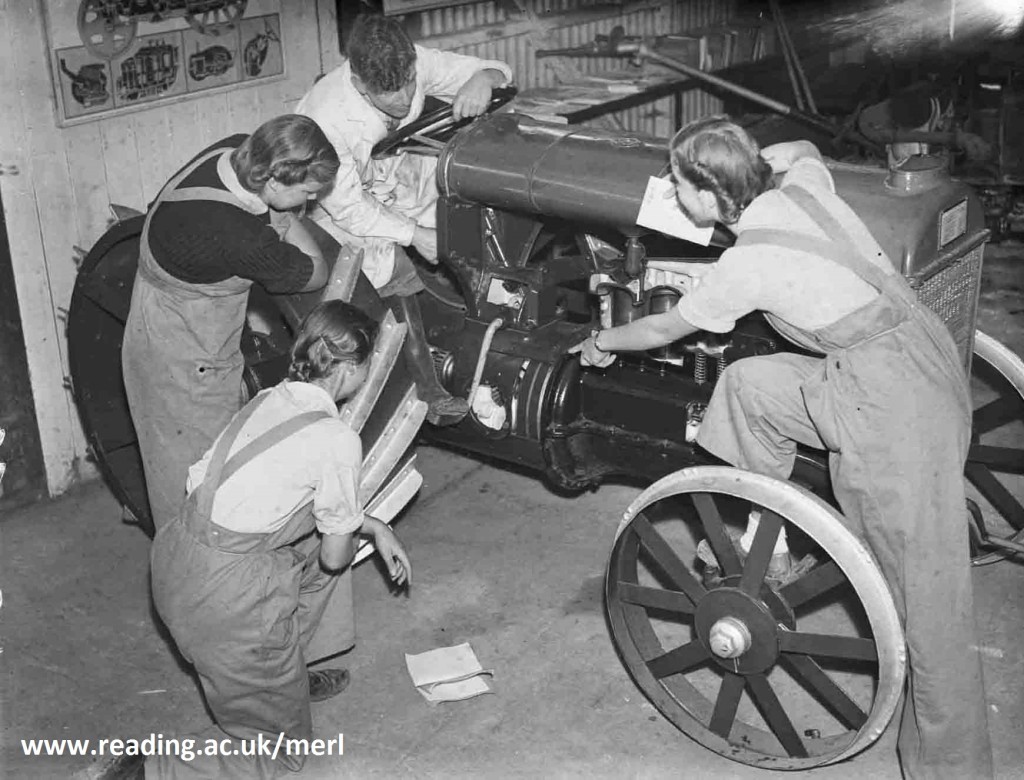To celebrate International Women’s Day, University of Reading student Dylan Doran has been exploring the collection of Women’s Land Army objects here at the Museum.
The Women’s Land Army (WLA) was created in 1915 to help farmers cope with the shortage of male labour as a result of the First World War. It was brought back into action for the Second World War, at first on a voluntary basis before conscription was enforced. Although many women in the WLA already lived in the countryside, many came from urban centres.
The 20th century saw great strides in equality of the sexes, and one of the ways in which British women made further steps towards emancipation is undoubtedly their efforts in the Women’s Land Army. Skeptics did not believe that women would be suited to the hard labour involved in farmwork, but the Army of 65,000 Land Girls went on to produce the majority of Britain’s food by 1943, happily proved the critics wrong.
The women took to farmwork with speed and skill. This Golden arm-band was awarded by the Queen herself to a Land Girl for her impressive years of service, having joined up from the Land Army’s beginning – when she was only sixteen years of age – and stayed working on the land until the Women’s Land Army disbanded.





There is a lovely book about the Land Army on Westmoreland called
Snagging Turnips and Scaling Muck: The Women’s Land Army in Westmorland Paperback – 26 Oct 2001 by
Martha Bates (Author), Anne Bonney (Editor)
My Aunty was the warden in Milnthorpe.
My family were Yeoman farmers in Whassett, I am the 7th generation in the parish of Beetham, sadly not in farming. I have recently trained to work with horses in managing woodland landscapes and found it fascinating, it must be in the genes, my uncle walked the stallion for Chivers Jams. Thank You for preserving Our Country Lives for generations to come.
I’m very interested in the Women’s Land Army in the First World War, will you be doing much on them when the museum re-opens? I’m particularly interested in the use of internal combustion vehicles on farms in the First World War
Hi Rob, thank you for your question. We’re mostly talking about the WLA in the context of how the world wars drove investment into the mechanisation of the countryside and in particular the use of tractors on farms in WWII, their use by the WLA and a focus on a particular member from our archives. We are also re-displaying our WWI Titan tractor, although we’re focusing on its use on the farm than the wider WWI story. Unfortunately we’re finding it difficult to discuss everything we’d like to!